ABB (Switzerland) - PixelPaint is 50 per cent faster and more sustainable, using an inkjet head to eliminate overspray, ensuring two-tone paint and individual designs are applied in one pass, without masking and de-masking.
Millennials are driving demand for greater individualization, increasing the need for customized vehicle paint schemes, using either a second color, a different paint finish such as matte, or a special design.
Previously, applying a two-tone or customized design onto bodywork was a time and labor-intensive process that required the vehicle to be put through the painting line twice, once for the first layer and then, after the areas had been masked, again for the second color. Typically, masking the bodywork required around 10 to 20 operators per shift, with two operators also needed to de-mask it after the second color had been applied.
With only 70 to 80 percent of the paint being applied to the bodywork surface, significant quantities of paint are wasted, increasing costs through recycling and having to purchase additional paint.
ABB’s innovative PixelPaint solution incorporates a high DPI painting inkjet head, dosing control package and easy to use RobotStudio® programming software for two tone and decorative painting applications.
“In today’s fiercely competitive automotive manufacturing market, vehicle producers need solutions that can help them to improve their flexibility, efficiency and cost competitiveness while delivering a high quality paint finish, including individualized options to meet the growing demand for non-standard and customized designs,” said Michael Larsson, Managing Director Automotive OEM for ABB Robotics. “With PixelPaint, 100 percent of the paint is applied to the bodywork surface, so there’s no overspray. Not only does this reduce operating costs and improve environmental performance by ensuring that no paint is lost, PixelPaint also eliminates the process of masking and de-masking each car, helping to reduce bottlenecks in automotive paint shops.”
Pixelpaint is available as a cell using two ABB IRB 5500 robots. The non-overspray technology prints paint directly on to a target area using the printing nozzle head instead of spraying with a conventional atomizer, resulting in 100 percent transfer efficiency.
With no need for masking or de-masking, a customized paint job can be carried out in a single pass, reducing cycle times by around 50 percent.
ABB’s non-overspray PixelPaint solution was recognized as a groundbreaking innovation with a “Technology” award at the SURCAR annual conference in Cannes in June 2019. SURCAR is a forum for the global car body finishing community.
In addition to robots and application-specific equipment, ABB offers standardized production cells for the automotive industry, as well as the design, planning and implementation of complete production lines. The ABB Ability™ platform enables customers to benefit from various digital services such as process optimization, and predictive maintenance.







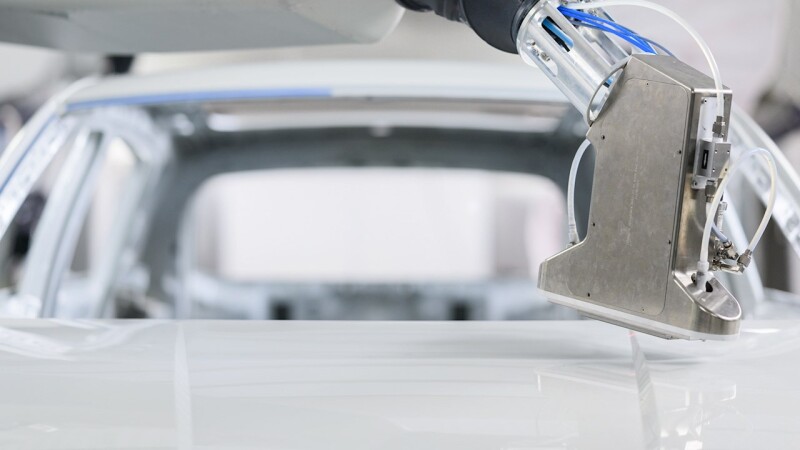

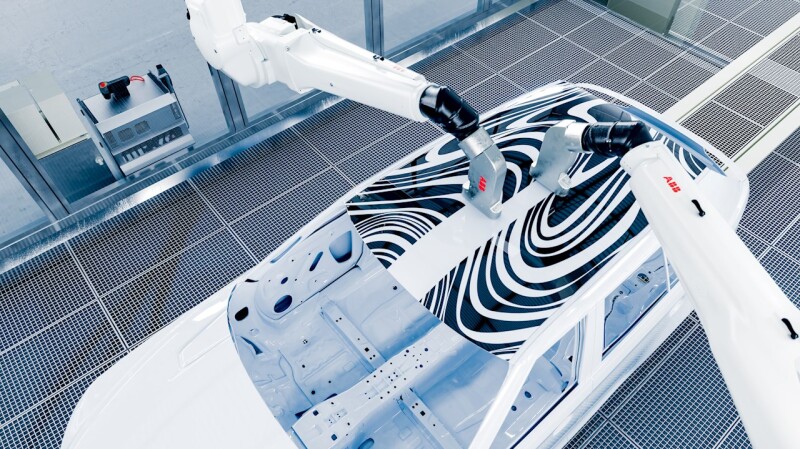

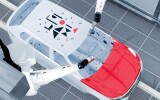



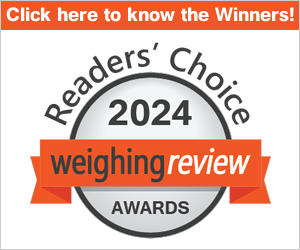






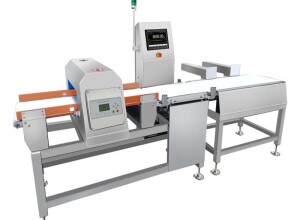

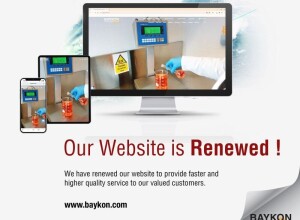






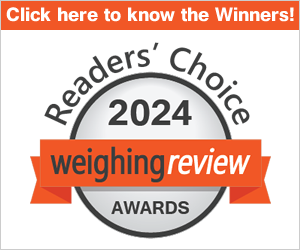



Interested? Submit your enquiry using the form below:
Only available for registered users. Sign In to your account or register here.